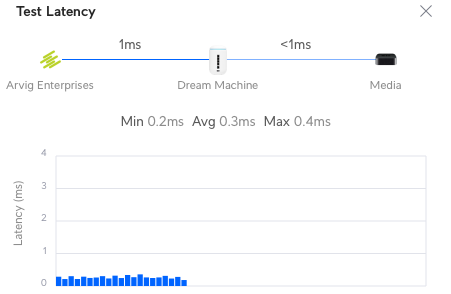Purely anecdotal.
I have six HomePod minis and two original HomePods here. I also have three AppleTVs, an HD, a 4K (first gen) and a 4K (second gen).
I don't want the AppleTVs being hubs for my home so I've disabled them.
All was well until I decided to go on an energy saving bash and as part of that, at night, the power sockets behind my TV get switched off at night. That includes one of the original HomePods.
My system always seemed to pick that particular HomePod to be the primary one in my home. Almost every time it was switched on, the system would switch to it as the hub and then when it was turned off at the end of the evening, the system would get a bit confused for a few seconds as it changed. The following evening, it'd be turned back on and very often would become the primary again. My smart home didn't seem to like this and I'd find automations might not work, switches could take a long time to respond and sensors would show offline.
I really didn't want this to happen. It was becoming a right pain.
All my HomePods use reserved IP addresses (192.168.1.101 through 192.168.1.108) and that particular one had the lowest address of them all. Following the post I saw in this thread last week, I moved them all around so that the HomePod I switch off every night has the highest reserved address out of the lot.
In the week since I did that, I've not had a single instance of that HomePod being made the controller. Whenever I've checked, it's always been the one with the lowest address and I've gone back to having a good, reliable home where everything works as expected and nice and quickly.
Like I said, it's anecdotal evidence because we don't know the exact logic behind how the primary home hub is selected but all I can say is that this has worked for me.
I have six HomePod minis and two original HomePods here. I also have three AppleTVs, an HD, a 4K (first gen) and a 4K (second gen).
I don't want the AppleTVs being hubs for my home so I've disabled them.
All was well until I decided to go on an energy saving bash and as part of that, at night, the power sockets behind my TV get switched off at night. That includes one of the original HomePods.
My system always seemed to pick that particular HomePod to be the primary one in my home. Almost every time it was switched on, the system would switch to it as the hub and then when it was turned off at the end of the evening, the system would get a bit confused for a few seconds as it changed. The following evening, it'd be turned back on and very often would become the primary again. My smart home didn't seem to like this and I'd find automations might not work, switches could take a long time to respond and sensors would show offline.
I really didn't want this to happen. It was becoming a right pain.
All my HomePods use reserved IP addresses (192.168.1.101 through 192.168.1.108) and that particular one had the lowest address of them all. Following the post I saw in this thread last week, I moved them all around so that the HomePod I switch off every night has the highest reserved address out of the lot.
In the week since I did that, I've not had a single instance of that HomePod being made the controller. Whenever I've checked, it's always been the one with the lowest address and I've gone back to having a good, reliable home where everything works as expected and nice and quickly.
Like I said, it's anecdotal evidence because we don't know the exact logic behind how the primary home hub is selected but all I can say is that this has worked for me.


